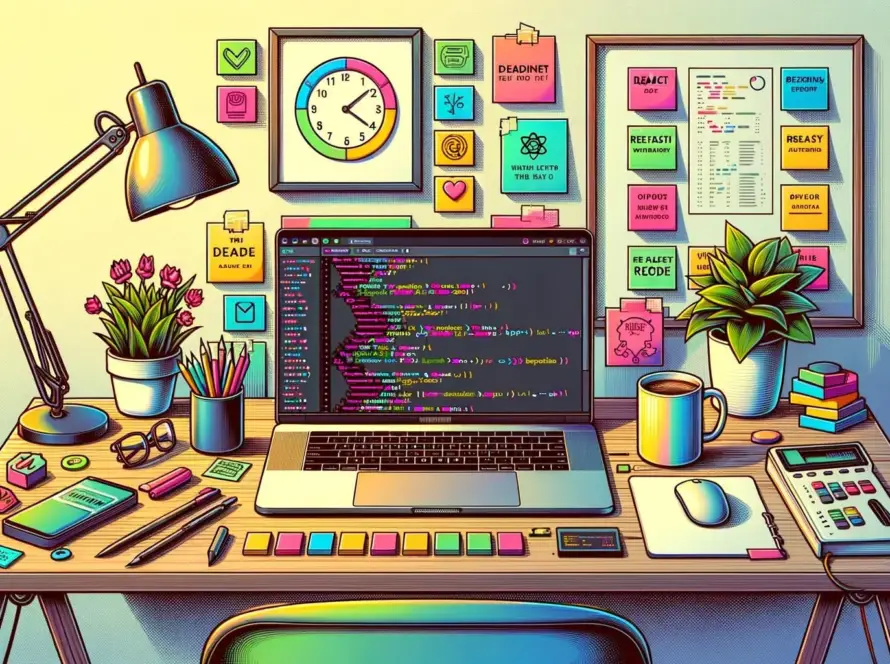Published by Contentify AI
Key Takeaways
- React Portals allow creating content outside the DOM hierarchy of the parent component
- Dynamic content such as modals, tooltips, and popovers can be easily created using React Portals
- React Portals provide a way to maintain accessibility and proper focus management for dynamically rendered content
Creating dynamic content with React Portals opens up a world of possibilities for developers looking to enhance user experiences on their websites. Portals provide a seamless way to render components outside the DOM hierarchy of their parent component, making it easier to create interactive elements like modals, tooltips, and popovers. By using portals in React, developers can build more flexible and robust user interfaces that respond to user interactions in a more intuitive manner.
One of the key advantages of using React Portals is the ability to maintain component state across different parts of the DOM. This means that even when a component is rendered in a portal, it can still access and manage its own state without being affected by its surrounding components. This makes it easier to create complex UI elements that need to display dynamic content or respond to user input without impacting the rest of the application’s UI.
Furthermore, React Portals allow developers to keep their codebase clean and organized by separating concerns related to DOM structure and behavior. This separation of concerns makes it easier to maintain and update code, as developers can focus on building self-contained components that are responsible for specific tasks. By using portals to render dynamic content, developers can ensure that their code remains scalable and easy to manage as their project grows in complexity.
In conclusion, React Portals provide a powerful tool for creating dynamic and interactive content that enhances the user experience on websites. By leveraging portals in React applications, developers can build more flexible UI elements, maintain component state across different parts of the DOM, and keep their codebase organized and easy to manage. Embracing portals in React development opens up new possibilities for creating engaging and user-friendly web experiences.



